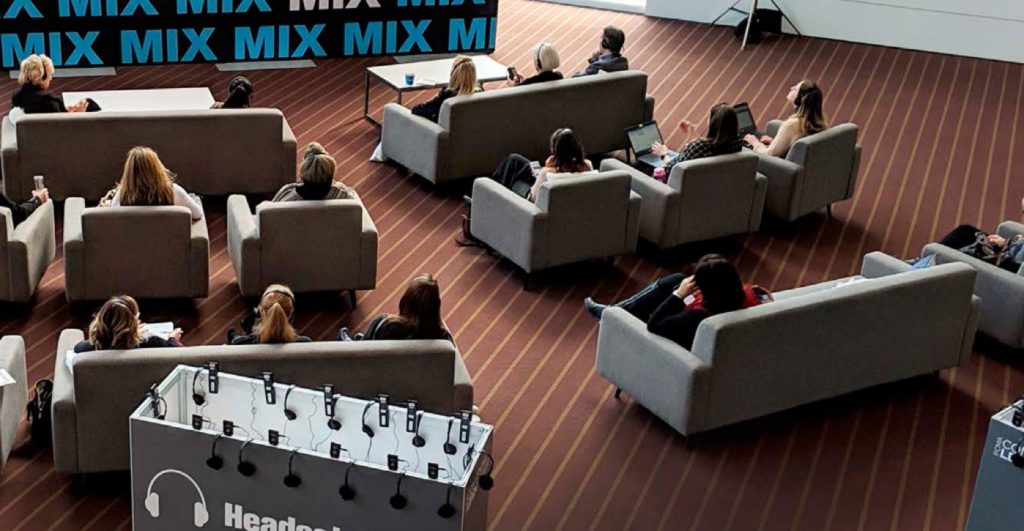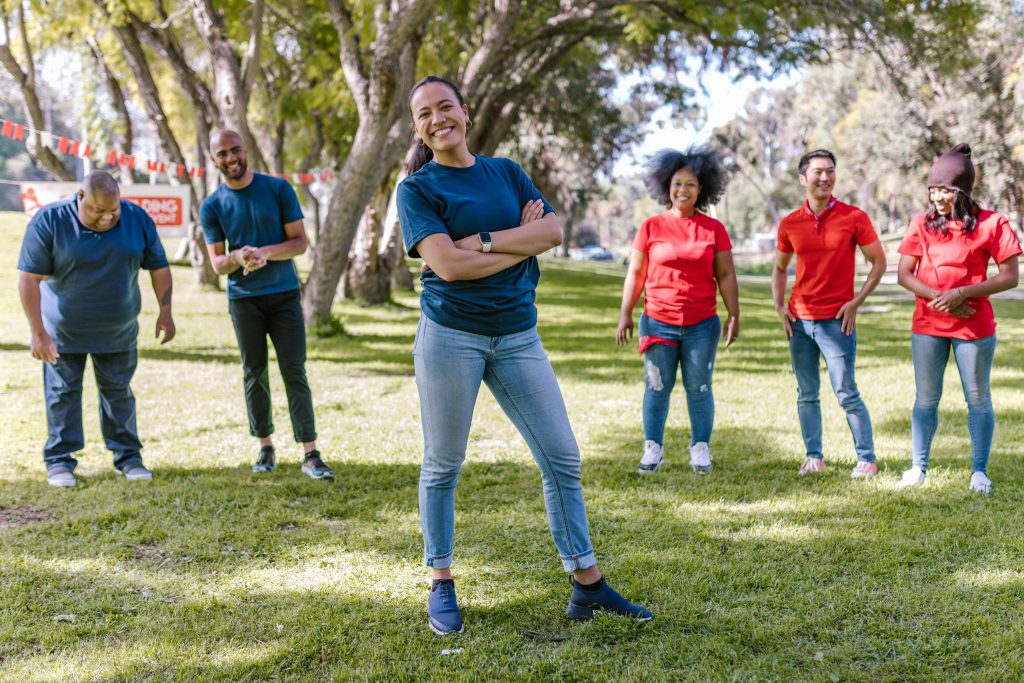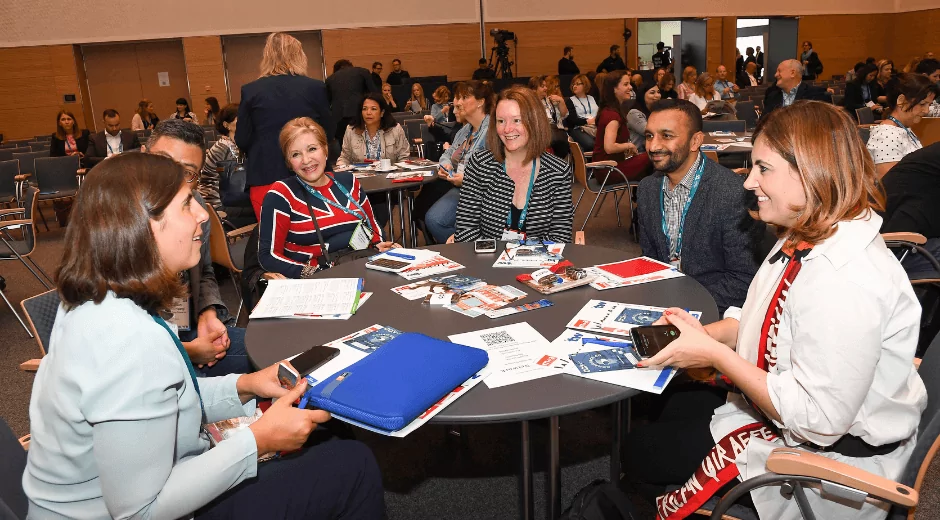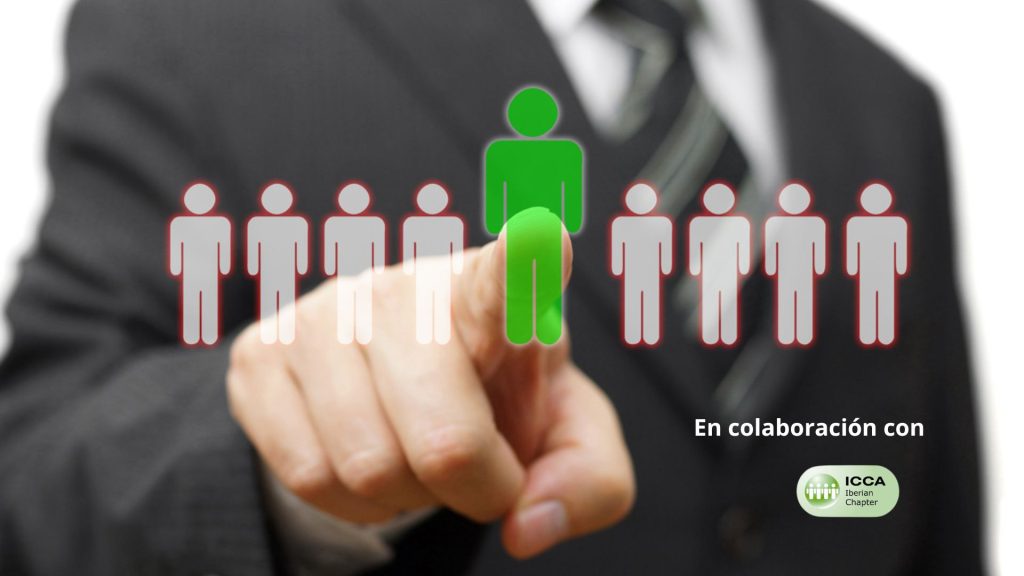Tips: experiences vs. information (PCMA 2)
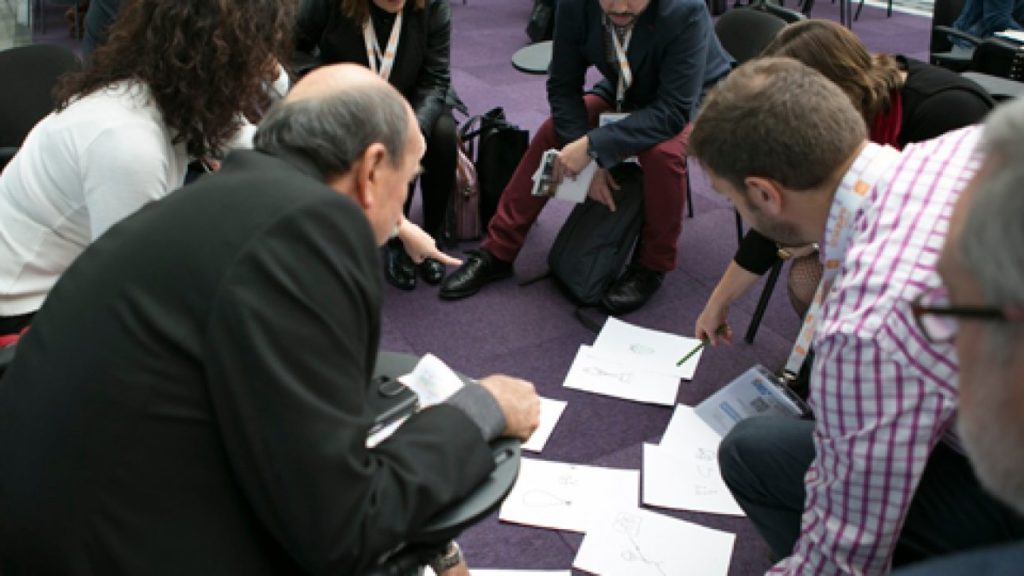
Share news
Listen
The value of meaningful experiences
Beyond business and relationship, a meeting usually has a nuclear objective: information and knowledge. If something has changed during the last years, it is more about how we do access to them; although there are still many people who conform, and even prefer, to sit and to be told, the tendency shows that you can also learn, and even learn and retain more, with experiences that appeal fun, participation, implication, or emotion. As it was seen in San Francisco, people like to ‘move’, let things happen. “I love how there is so much to do in between sessions. It really makes the whole event look like a party”, says an assistant.
More inputs: people spontaneously joined the busiest and crowed sessions, and preferred face-to-face experiences, rather than digital ones that were in adjacent rooms. Also, the sponsors who took the trouble to organize interactive activities or simply have a coffee area, attracted more attendees (although the report also indicates that the location was another factor to consider). And the senses: the corners with massages, or aromatization of water, etc. created an atmosphere of fun and exploration, especially those experiences associated with the personality of different cities present at the conference.
- How can I combine interactive experiences without losing the objective of information and knowledge?
- Try new formats. An escape room was the last great prize of the Be World: Google was worried that its new Home Training tool, relatively new for the consumer, was a barrage of questions, and needed that the staff that serves users in the first line knew better than anyone. So they locked them in their workplace without warning, they removed their phones and devices before entering, and sealed the exits. The only way to escape from this stalemate was to find the exit in a challenge that they could only solve … by navigating with the help of Google Home. Hackathons are now an efficient tool of interaction including at medical congresses, and so are as well many formats of collaborative knowledge exchange, such as brains stormings, etc.
- There are softwares for meetings, such as Sparkup, that guide the groups in an interactive way that forces them to participate in various ways.
- There is nothing more serious than fun. Gamification offers multiple ways to learn and access information, for example with formulas such as improvisation, story creation, etc.Networking activities: a large percentage of the information than the assistants brings back home comes from informal talks with people they didn´t know before. A good one we saw recently: the agency created a kind of cards album (like those of the soccer players you collected as a child) and assistants had to complete it with the people they found at the meeting. It was fun and extremely effective.
- Think twice about the setting up you are going to do: it is interesting that you try the eye contact between your assistants because it brings emotion and desire of connection, for example by arranging the seats in circle, or using light and movable seats that allow dynamics and moves such as regrouping, etc.
- For the daring ones, the Freudian Walk can be a great option. In this case, the goal is to initiate a group conversation while walking together meanwhile contemplating the surroundings in constant movement. We all know that the exercise stimulates our brain, and a natural environment such as countryside or mountain can be the perfect complements that helps everyone open up and contribute to the meeting almost without noticing.



